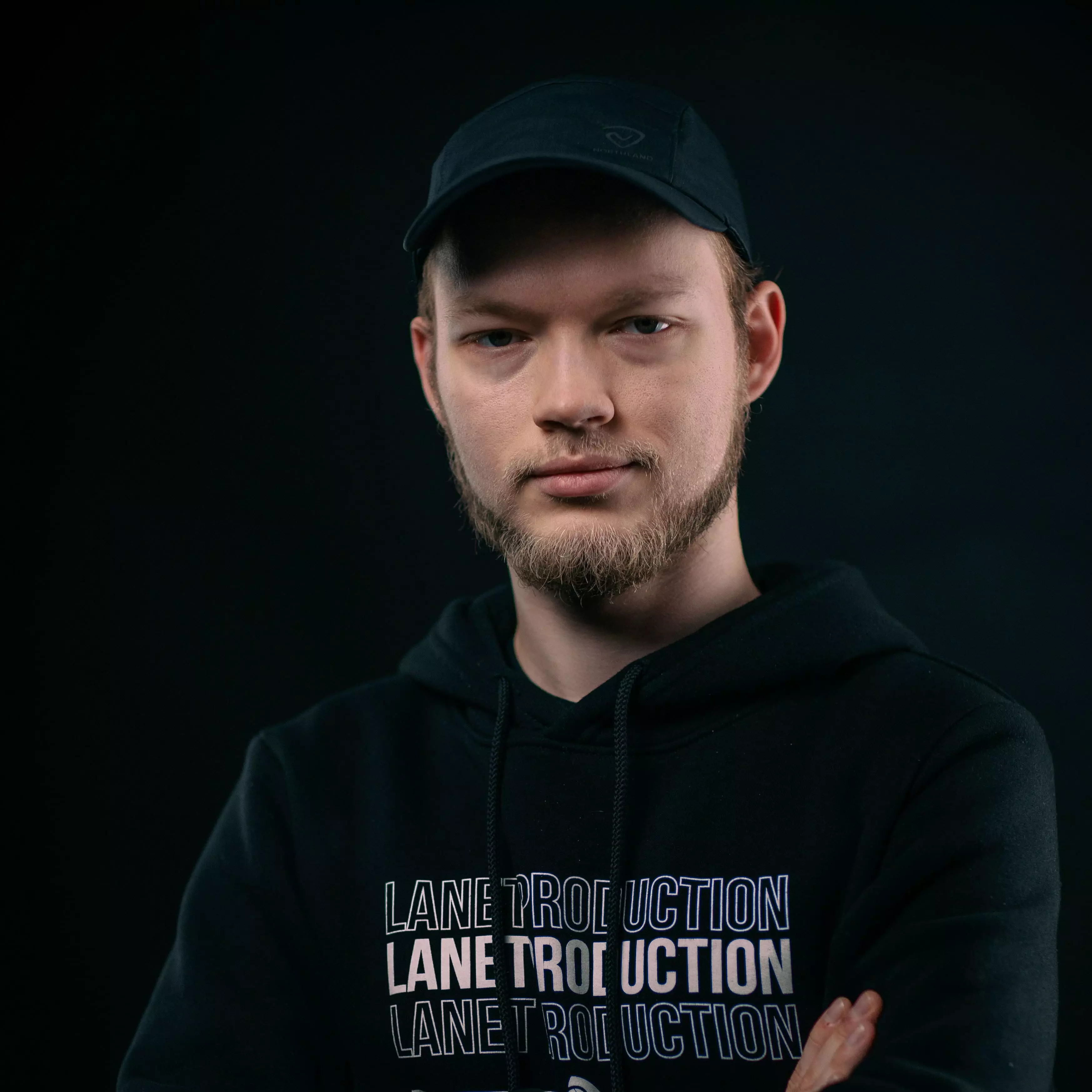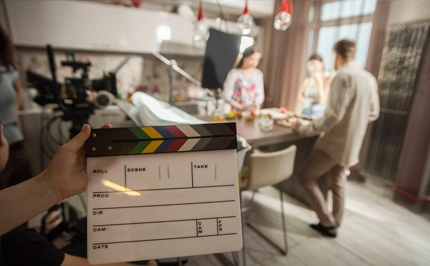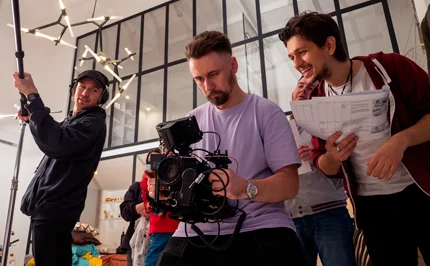When we see the pictures from professional photo shoots of models and stars, we all involuntarily ask ourselves one question — how do they manage to be so perfect? Of course, in some cases, the magic of photo editors is used to create a delightful picture. But there are also such techniques that allow you to advantageously emphasize the necessary sides and hide flaws, reveal the depth of the frame and make the image eye-catching without using unnecessary retouching. The secret lies in choosing the right angle — the main talent and the most important skill of a good photographer.
What can be affected by the correct angle
It often happens that in your imagination the frame is seen as one but when you point the lens, it becomes completely different from what you imagined. The thing is that in order to create the desired picture, you need to learn how to correctly align the position of the camera in relation to the object being photographed. This is what subsequently determines the entire artistic value of the photograph.
If such shortcomings as poor lighting or unnatural shades of colors can be easily corrected during post-processing, an unsuccessful pose of the model or poorly chosen shooting point immediately cancels out all the aspirations to make an excellent photo.
It should be noted that good posing is a mutual work of both the photographer and the model. To look beautiful in a photograph, a combination of several important factors is required — competent selection of poses, determination of the desired position of the camera, work with perspective and determination of the "central" point of the frame, accent. All this together will make even the simplest picture interesting, expressive and unique.
How to learn to choose good angles
Many people believe that building a beautiful and harmonious frame is an innate artistic talent, which by nature not every person has. But in fact you can learn it if you know a few important points.
For aspiring photographers, practice can help to determine the best shot and see how different perspectives unfold. Experimenting with many different positions of the camera in relation to the focal object, and the position of the focal object in relation to the background, you can find the exact frame that existed in the imagination but could not be realized in the final photo.
Of course, with experience, the photographer begins to understand better in what position to hold the camera and how to help the model to pose in such a way that will reveal her strengths in photographs. However, for beginners, there are a few little tricks that can help to create a composition that will show all the benefits of your subject.
Secrets of the perfect shot for aspiring photographers and pros
The focal element is the main object in the frame, which immediately attracts the viewer's attention. Its absence is confusing.
To improve the level of photography, beginners will come to the aid of professional advice:
- An effective solution would be to place the camera at the eye level of the model, this is a natural, familiar angle for many people in everyday life. This is how we see a person, an interlocutor. The natural camera position is especially suitable for portraits. Works well at focal lengths of 50-55mm.
- If you are making a full-length photo of a model and want to portray her taller and slender, you can lower the lens slightly below the model's eye level. If you lower the camera even lower and direct it slightly up, then the image of the model will take on a dominant shade.
- You can lift the camera up and tilt it down to achieve a smaller subject and give the subject a childish, playful tone. Remember the shot with the Cat from Shrek. Works especially well at wide angles (12-18mm).
- For inanimate objects or scenery, try to take pictures by placing the camera at ground level. In such way you can capture a larger area and see the world in a completely different light. Do not be afraid to experiment and try to look at the spaces around you from a new angle, because in such searches something new and unique is born.
- Remember to keep the background in mind when lining up your shot. Look for angles so that your background will blend in and reinforce your focal element, your model. Control the perspective lines, look for contrasting spots between the silhouette of the model and the background.
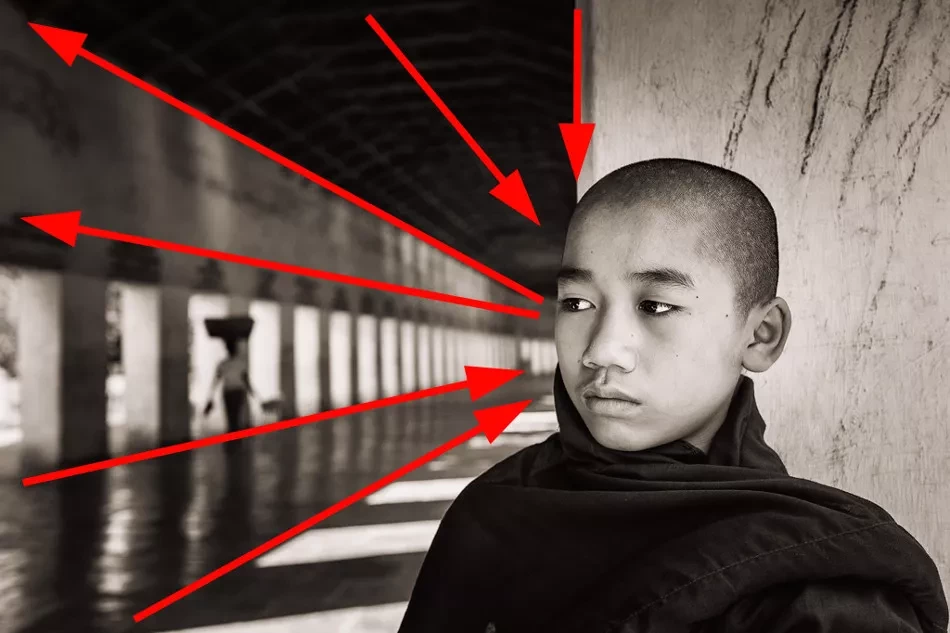
- Divide the frame into component parts. Any system is better than thoughtless chaos. There are many frame division systems (rule of thirds, golden ratio, symmetry, others).

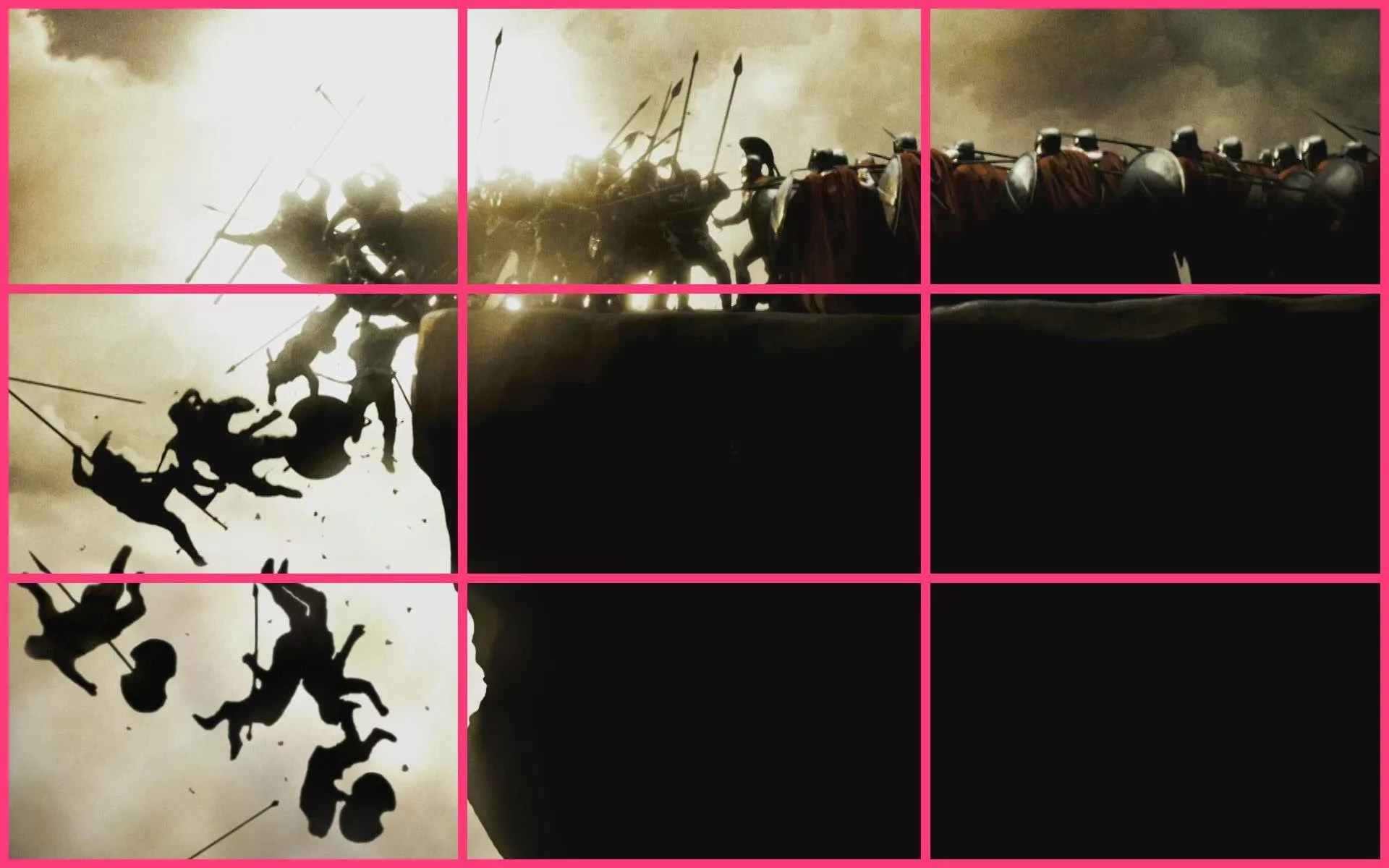
- Frame balance. Imagine that your frame is a scale and each half of the frame is a scale. Arrange your objects and colored spots so that these bowls have an equal weight. This applies to complex shots but not always necessary during portrait photography.

Using simple techniques that make the frame really successful, you can more confidently create truly stunning images. A little practice and experimentation — and you will definitely get the perfect photo!
And if you want to apply to professionals who already know all this and apply it in practice — contact LANET PRODUCTION!





